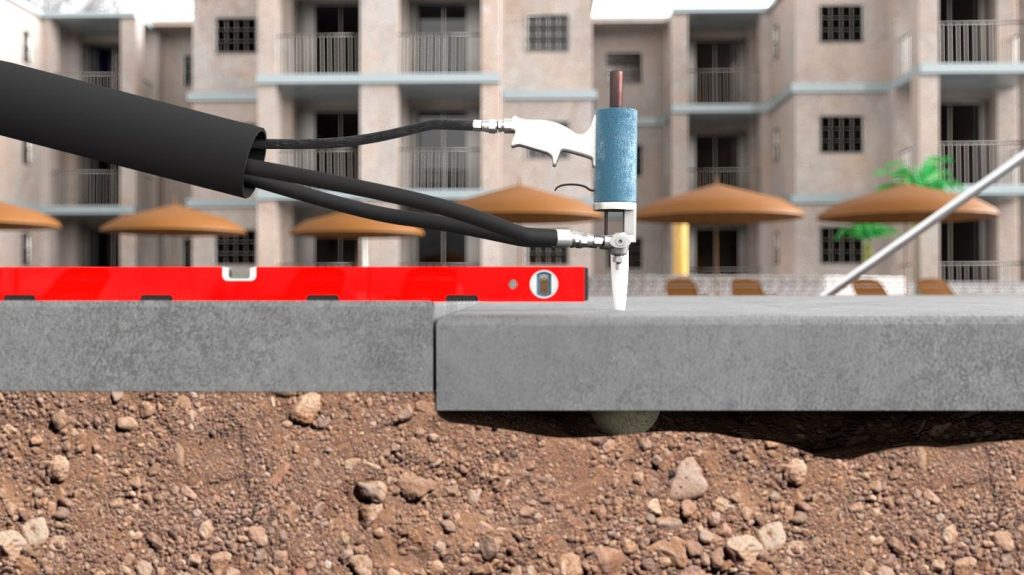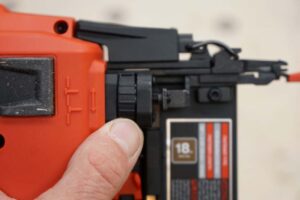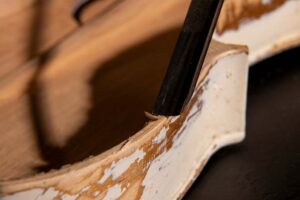How to fill void under concrete slab?

If you have a concrete slab foundation and notice moisture in the space under it, it might be time to fill the void. There are several options for doing so, and each one has its pros and cons. So, before you jump into your project, make sure that you understand what’s at stake when deciding on a particular method of filling the void under your home or business. This content is presented by https://accurehome.com/
How to fill void under concrete slab?
There are several ways to fill the void under your concrete slab, but not all of them are going to be effective in keeping your foundation solid.
Use expanding foam
When it comes to filling the void, expanding foam is a great option. Expanding foam expands to fill the void and hardens within minutes, so you don’t have to worry about it drying out before you get all of it in there. If you do have a small void and this is your first time using it, we suggest starting with just a few inches of expanding foam. If you need more later on, simply add more. Expanding foam can also be used in conjunction with other methods (such as adding dirt) if necessary. View more: How to move out of a toxic home
Use dirt
You can fill the void under your concrete slab with dirt. This is a good option if you don’t want to spend money on foam or other products, or if you have a crawl space and want to avoid digging up your entire yard.
However, there are some situations when using dirt isn’t appropriate. If you have a basement, filling the void with soil won’t help because water will still get into your basement through cracks in the foundation walls, even though they’re covered by dirt now (instead of concrete). And if your house rests on top of concrete slabs rather than having crawl spaces beneath them as many newer houses do. Then filling up any empty space underneath with dirt won’t solve any problems because those slabs were built without any kind of drainage system included in their design!
Fill with concrete
Fill the void under your concrete slab with concrete. The concrete will act as a barrier to keep water from seeping in and dirt from getting into it. It will also keep dirt from seeping into the void once you remove the debris and debris screen.
Pour a foundation
To fill the void under a concrete slab, you’ll need to pour a foundation. The foundation will help stabilize the concrete and ensure that it doesn’t crack or sink over time. There are two main types of foundations: wood and masonry.
Wood foundations are made from pressure-treated wood boards that are placed directly on top of the ground (or mud), with gravel between them for drainage. Masonry foundations require digging at least 8 inches down into the earth before pouring concrete onto packed sand to create your base level. This type requires more skill than simply laying down boards on top of soil, but it also provides better stability for your slab because it offers more resistance against cracking or sinking over time as well as providing insulation from cold weather in winter months.
Things to consider
Filling the void under a concrete slab is a common problem in many homes. There are a few different ways to address this issue, but before you make any decisions about how to fill it, consider these factors:
- Concrete is very good at keeping heat inside your house. This is why it’s often used on floors or walls of homes or businesses with poor ventilation and/or lots of windows that look out onto cold areas (e.g., northern climates).
- Expanding foam insulation will not trap the heat inside your home. It only makes sense that if there’s already too much heat in your house, adding more won’t help. In fact, it could make things worse by causing condensation on pipes and other surfaces that may lead to structural damage over time.
- Dirt? No thanks! Unless you’re thinking about building an igloo or something similar where all four sides need insulating material (which isn’t recommended), dirt won’t be effective at keeping out drafts either because it doesn’t insulate well either way and besides which it smells bad when wet like muddy water does when poured into containers so no one would want that around their house anyway.
Safety precautions
Whether you’re not sure what you’re working with or have no idea how to get started, the first thing to do is identify the material that’s under your slab. If it’s concrete, then you can proceed with this guide. If it’s something else, like soil or sand, visit our guide on how to fill voids in dirt.
If there are any hazards at all, like lead paint or asbestos tile flooring (which should be removed altogether), then use appropriate safety precautions. Wear protective clothing that covers as much skin as possible: long pants and sleeves made of natural fibers will protect against both physical contact and airborne particles such as dust. For extra protection against serious hazards like asbestos exposure. It could cause lung cancer when breathed in. Wear an N95 respirator mask designed for hazardous environments (you may also want some eye protection). This will keep those tiny particles from entering your lungs and possibly causing health problems down the road!
It should go without saying: Avoid breathing any dust particles while working on this project! Even if they seem harmless now, there could be some toxic chemicals hiding inside them and breathing them into your lungs will only make things worse later on down the line when those chemicals start affecting your organs directly through constant exposure over time.
Conclusion
There are many ways to fill the void under your concrete slab, but not all of them are going to be effective in keeping your foundation solid. If you have a large void under your slab, we recommend pouring a foundation over it. This will provide a solid surface to support your house and keep it from sinking into the ground further.







